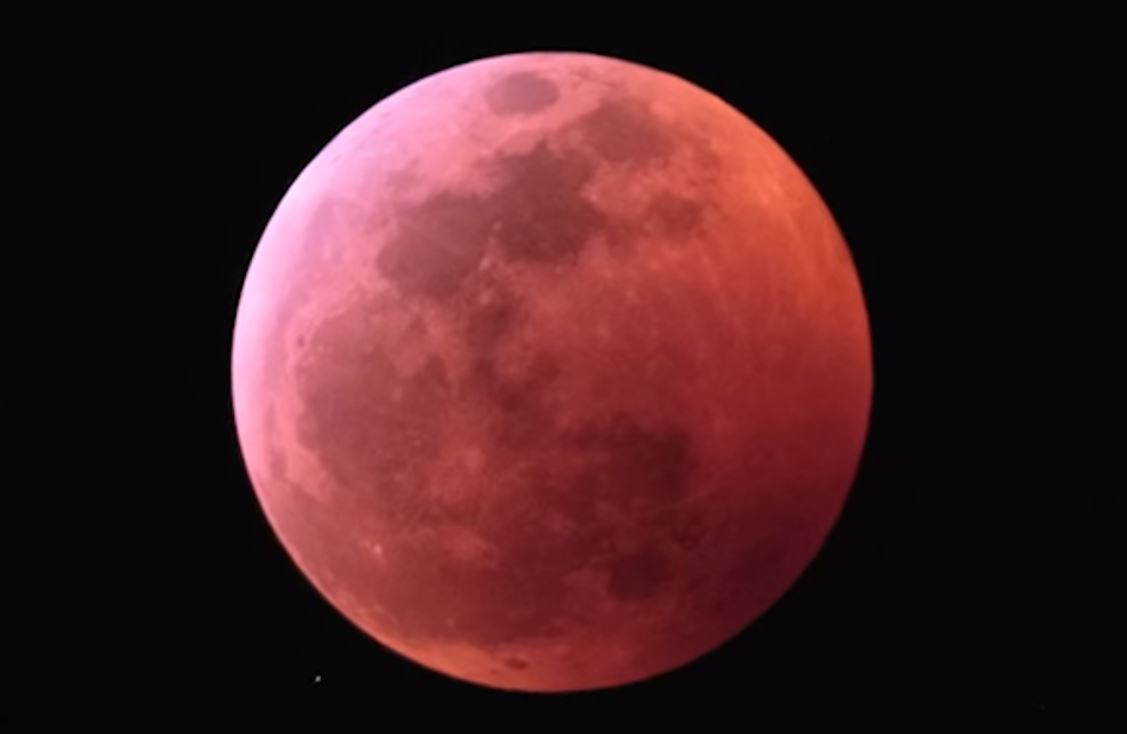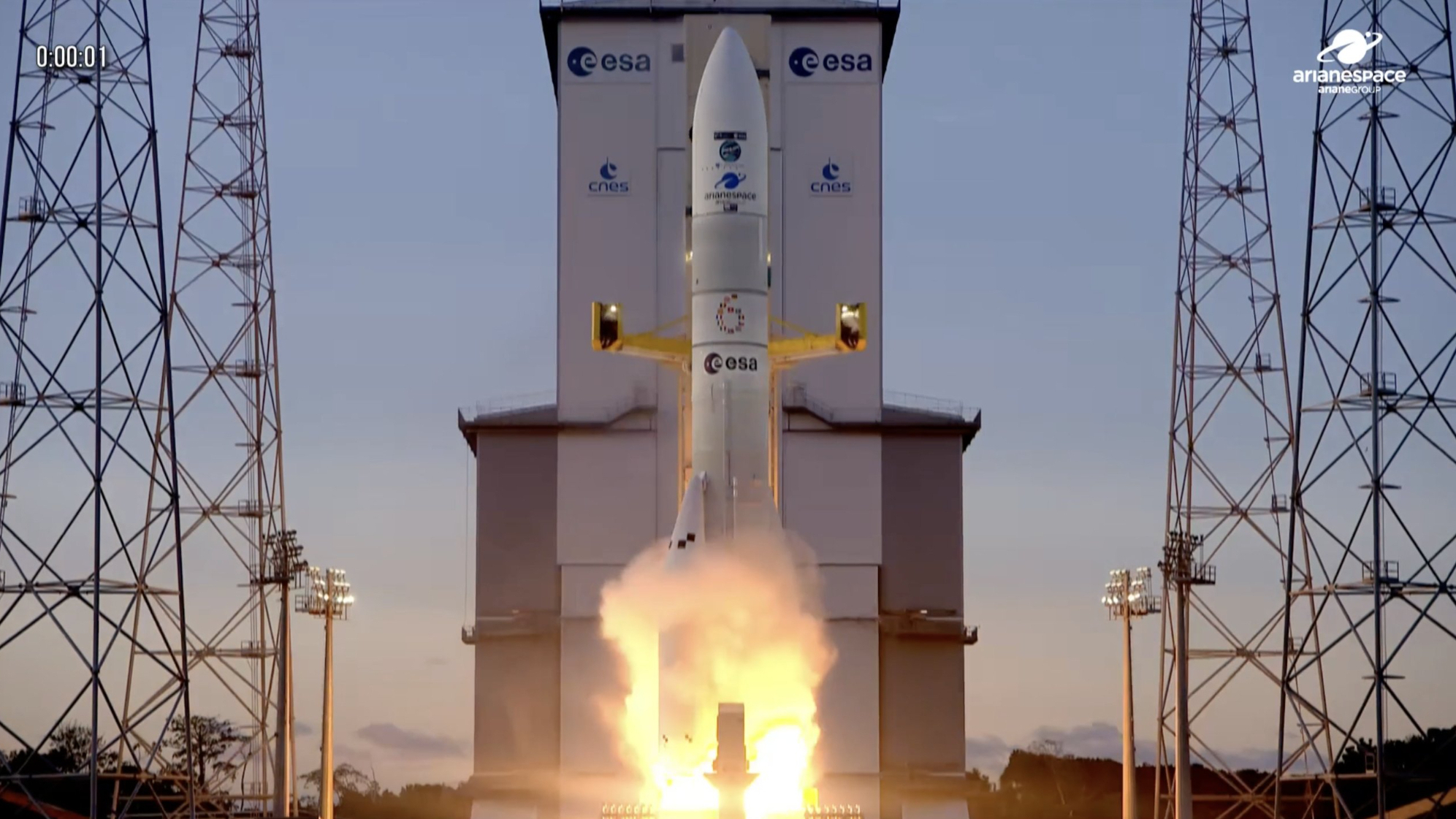Watch the Super Blood Wolf Moon Turn Red in This Epic Time-Lapse Video!
The moon is shrouded by darkness and then re-emerges with dynamic color and activity in a new time-lapse video featuring this past weekend's total lunar eclipse.
Orange and red colors glimmered across the lunar surface the evening of Sunday (Jan. 20) and overnight into the early morning hours of Monday (Jan. 21) as the moon passed through Earth's shadow in the only total lunar eclipse of 2019. Photographer Jonathan Talbot captured the surreal celestial event from Ocean Springs, Mississippi.
"I shot one image every minute from the beginning of the eclipse phase until the end and ended up with 212 usable shots," Talbot wrote to Space.com in a video description. [Amazing Photos of the Super Blood Wolf Moon of 2019!]
The whole video has a "Wizard of Oz" feel to it — the footage starts off with a black-and-white moon as it eerily passes through Earth's deepest shadow, the umbra. And then, with a technicolor awakening as the moon fully enters the umbra, vibrant copperish colors pop out. There's also an exciting plot twist to watch for: in the lower left part of the screen, you can watch a meteor hitting the moon!
Talbot used a Canon 6D camera with a Stellarvue SV80S refractor on an AstroTrac (a tracking mount). But with all that gear in place, the shoot was still no walk in the park.
"The hard part was adjusting exposure time and ISO right at the transition from the bright limb of the moon to full eclipse," said Talbot. He preprocessed the images in Adobe Lightroom, and the video was then stitched together with the software Time Lapse Assembler.
This weekend's event is the last total lunar eclipse until 2021. People all throughout North and South America, including parts of the Caribbean and Europe, caught the sight. But later this year there will be a partial lunar eclipse. It will be visible to those observing from Africa and the Middle East.
Breaking space news, the latest updates on rocket launches, skywatching events and more!
The United States will also be in the right spot to catch Mercury transiting (passing in front of) the sun, on Nov. 11. After that date, observers in the U.S. will not see this spectacle again until 2049.
Follow Doris Elin Salazar on Twitter @salazar_elin. Follow us @Spacedotcom, Facebook and Google+. Original article on Space.com.

Doris is a science journalist and Space.com contributor. She received a B.A. in Sociology and Communications at Fordham University in New York City. Her first work was published in collaboration with London Mining Network, where her love of science writing was born. Her passion for astronomy started as a kid when she helped her sister build a model solar system in the Bronx. She got her first shot at astronomy writing as a Space.com editorial intern and continues to write about all things cosmic for the website. Doris has also written about microscopic plant life for Scientific American’s website and about whale calls for their print magazine. She has also written about ancient humans for Inverse, with stories ranging from how to recreate Pompeii’s cuisine to how to map the Polynesian expansion through genomics. She currently shares her home with two rabbits. Follow her on twitter at @salazar_elin.

